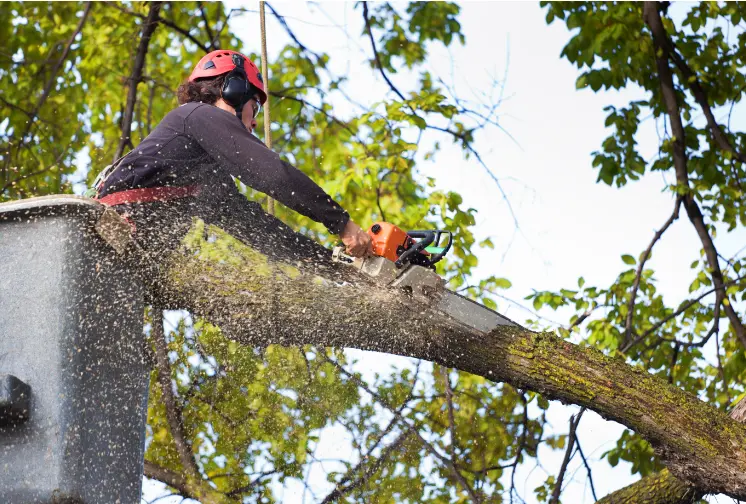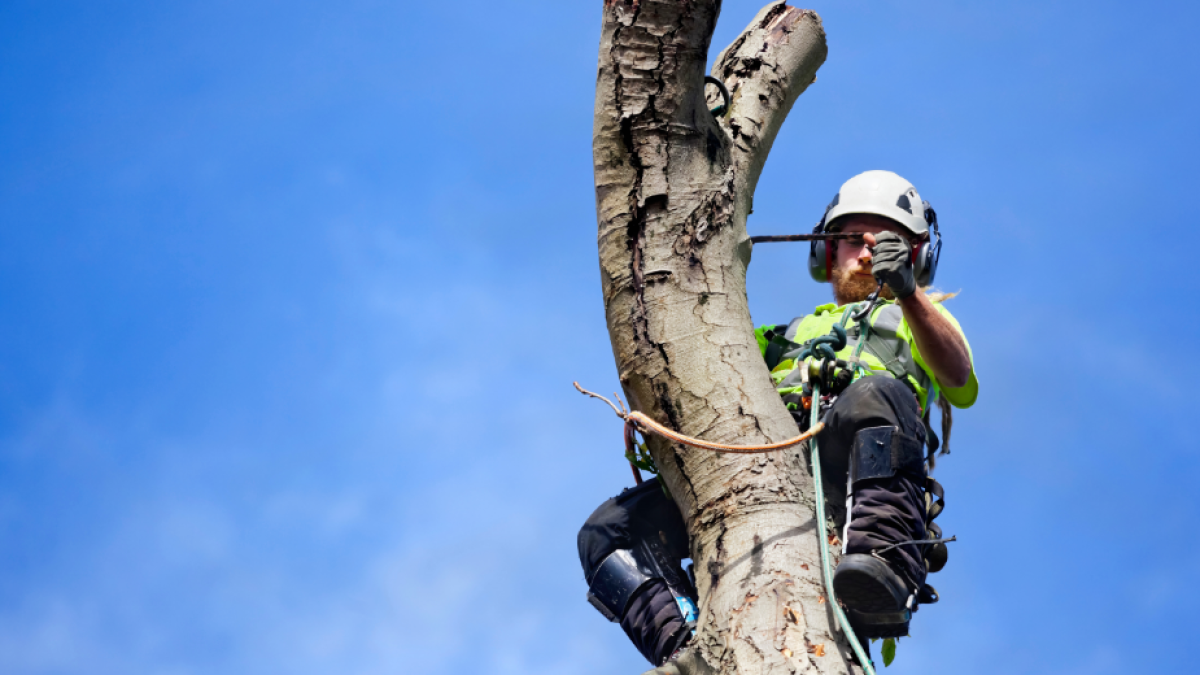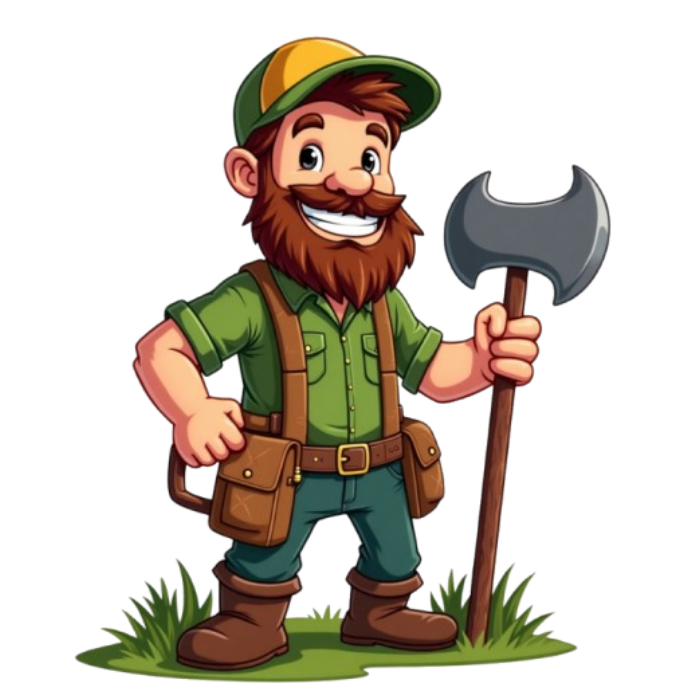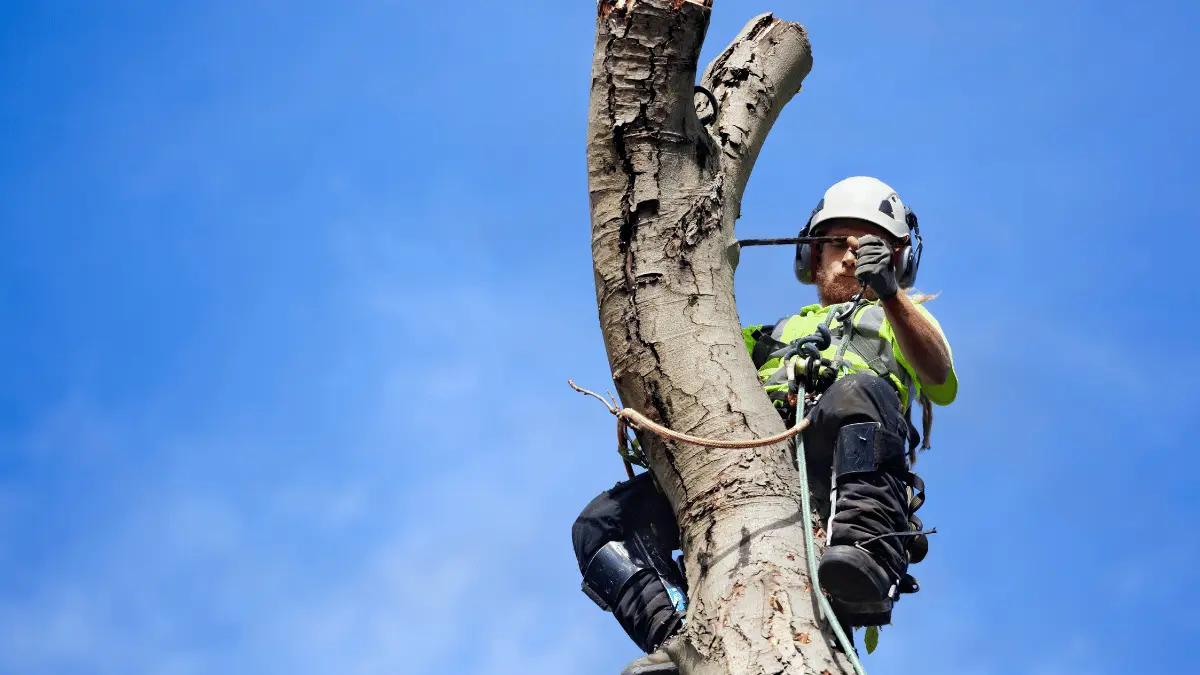When you own a big or dangerous tree, you may have a question about how to process it safely. Removal of trees is often necessary to protect your house, family, and landscape, but it comes with consequences. This is why one should be careful about the task and knowledgeable enough. This guide will take you through the steps of ensuring that your tree removal project is tackled professionally and with minimum risks as far as the property is concerned in Springfield.
Why Tree Safety Matters for Homeowners
Tree safety is the number one priority whenever you work around trees. A seemingly easy job can quickly go awry and become dangerous unless precautionary measures are taken.
A few of the hazards that threaten to injure people while doing yard work include falling branches, unstable tree trunks, and live electrical lines that are dangling. All these hazards should be detected before it is too late.
Proper tree-cutting precautions prove to be more than useful in Springfield, where large mature trees are located around many older houses. Such trees can possess weak limbs, rot that is hidden inside, or roots that render them unstable, particularly when their removal is intended to take place.
Unless planned thoroughly, even an innocent afternoon project may lead to costly damage to your property or result in casualties. The trouble of creating a plan of safe tree removal in Springfield not only saves your house and anyone close to you, but also reveals that you are a responsible property owner.
Being five to ten minutes late is better than a time-delaying accident that might cost us a fortune in the future.

Common Hazards During Tree Removal
It will be good to know what hazards you should expect before you jump into the bushes of hazardous tree removal. These are the most popular risks:
Understanding these dangers makes it clear why it is often the most expedient choice to call an expert arborist.
| Hazard | Risk |
|---|---|
| Falling limbs | Harm to persons or damage to property |
| Unexpected falling of a tree | The destruction of homes, vehicles, or close buildings |
| Contact with a power line | Electrocution risk and fire danger |
| Misuse of tools | Slips, trips, and chainsaw injuries |
| Rotten trees, dead trees | Uncontrollable fracture when cutting |
Essential Tree Removal Safety Gear
The protective gear reduces the probability of an injury by a significant margin when performing hazard tree removal. Here is a list of essentials for Arborist safety:
- Safety Hat- Safes you from any head injury.
- Safety Goggles: Protect your eyes against debris and sawdust.
- Gloves – Give a better grip and protection for hands.
- Steel-toed boots: Protect the feet against hard things or chunks of wood.
- Hearing Protection: Decreases the transmission of high noise levels produced by a chainsaw.
- Chainsaw Chaps: Stops damage to legs through contact with a chainsaw.
In the absence of safety gear, even experienced professionals increase their risk of accidents.
The Role of Professional Arborists in Tree Safety
Although most property owners in Springfield are sure about performing small yard tasks on their own, the task of hazard tree removal ought to be performed by trained professionals.
A certified arborist has the expertise to determine the healthiness of a tree and examine a tree with structural inefficiency, as well as utilize special equipment to dismantle it safely. The professionals also understand how to manoeuvre through tight areas or even cut down trees close to buildings. Plus, they ensure the “tree safety” for other surrounding trees.
Considering hiring a certified arborist for safe tree removal in Springfield is not only convenient, but also self-preserving in terms of safety, family, and investment.
Precautions To Follow For Tree Cutting
In case you opt to remove the small trees yourself, ensure you observe the following cautions for safe tree removal:
- Evaluate the Tree First: Inspect possible rot, disease, or instability. Dying trees act differently from healthy ones.
- Check Weather Conditions: Do not work in high, windy conditions, during rain or stormy conditions, where unpredictability is high.
- Clear the pathway: Ensure the pets, children, and other passersby are well out of the way of the work area.
- Have an Escape Route Plan: Include a back door or front door, and ensure the tree doesn’t fall in the wrong direction.
- Plan: By starting with small branches, then moving to the trunk.
- Call for Help: Even experienced DIYers need to have at least one other experienced person nearby in case of an emergency.

The Reason Why DIY Tree Removal May Be Hazardous
Even though a considerable number of homeowners are competent in various exterior tasks, such as landscaping, bush trimming, or even basic construction, tree removal falls into a category altogether due to the risk of exposure to hazards.
The reasons why it is particularly dangerous are the fact that a particular tree may have the appearance of being larger than it is, or that what looks strong is not structurally reinforced internally.
Trees that appeared healthy could have internal decay, cracks that are not visible, and problems with the roots, so they will not fall in expected areas when cutting commences. The lack of sufficient knowledge about the behavior of a tree when it is stressed can become a disaster of its kind.
The threats are especially high for premises adjacent to power lines. Felling a tree near an electrified power line is one of the riskiest do-it-yourself jobs that you can ever attempt. Only a single miscalculated step or miscalculated cut would result in the tree, or even a single limb, touching a live wire.
This may have an electrocution effect and/or fire outbreaks or interruption of power supply in your neighborhood. There cannot be any level of DIY experience that can substitute for the risk in such cases.
This is the very reason you need to go to a professional tree care service, such as Bills Tree Removal, especially to remove hazard trees. It is a complex task that requires specialized training, equipment, and insurance, which professional arborists typically possess.
They understand how to keep every cut and reduce heavy branches without risking them falling on you, your property, and others. When it comes to safeguarding your property and body, hiring professionals for safe tree removal in Springfield is the best option.
Safe Tree Removal in Springfield: When to Call the Pros
Want to know when to call professionals for safe tree removal in Springfield?
- There is a tree close to power lines.
- The tree is sagging.
- Trunks are rotten or hollow.
- Your roof or driveway is overgrown by large limbs.
- Removal of trees entails climbing or sophisticated rigging.
Cranes, rigging equipment, and protective gear enable professional crews to perform even the most complex tasks within a reasonable timeframe, ensuring their safety and security
Choosing the Right Tree Removal Service
When choosing a qualified service, you can be assured of a hassle-free experience. Here are some of the things you need to look for when seeking a tree removal company:
Certifications: Demonstrates that one has gone through professional training in tree safety.
- Insurance: Shields against responsibility in the event of mishaps.
- Local References: Confirms reliable service in Springfield.
- Written Estimate: Precludes cost and scope of work.
Bills Tree Removal has consistently adhered to all these standards, making it a reliable company to work with for safe tree removal in Springfield.
For your knowledge: International Society of Arboriculture.
Call to Action
Do not gamble with your property and your safety. In Springfield, to have your trees removed professionally and reliably, call Bills Tree Removal today!!
Call: tel:+15854603501
Visit:https://billstreeremoval.com/the-tree-removal-process-what-springfield-homeowners-can-expect/

FAQs
Will I be able to cut small trees by myself?
Yes, homeowners can usually cut down small trees (less than 10 feet tall), although several security measures should be taken, and appropriate protective gear must be worn.
What can I do to determine that a tree is dangerous?
Hazardous signs on a tree are decayed, deep cracks on the trunk, trunk leans, dead branches, or bare roots. When in a dilemma, seek the help of a professional arborist to give you a professional evaluation
Is there emergency tree removal in Springfield?
Yes, the Springfield tree removal services tend to involve emergency call-outs in case of a storm or another accident.
Is there any insurance coverage for tree removal?
Sometimes a homeowner’s insurance will cover the cost of removing a hazardous tree should the tree in question threaten your property. Look at your policy or talk to your insurance company.









